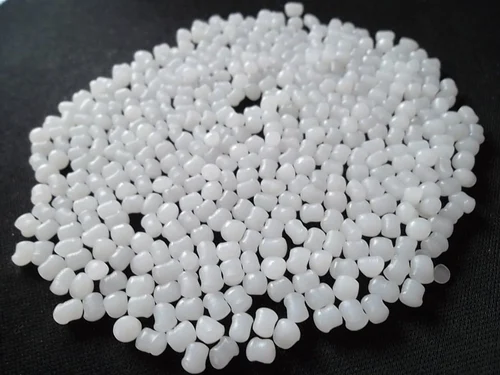Acrylonitrile Butadiene Styrene ABS is a matte engineering polymer that is widely used in the electronics industry, consumer products, pipes and connectors, Lego toys, etc.
ABS polymer ABS is an impact-resistant and amorphous engineering thermoplastic. This polymer is made of three types of monomers: acrylonitrile, butadiene and styrene.
Acrylonitrile: is a monomer made from propylene and ammonia. This component contributes to the chemical resistance and thermal stability of ABS.
Butadiene: is a byproduct of the ethylene production process. It plays the role of improving impact strength in ABS.
Styrene: plays the role of hardness and processability of ABS.
ABS polymer is made by emulsion technique and its structure is as follows. ABS polymer is normally opaque and can easily be colored by pigments.
ABS polymer ABS is a strong, durable, chemically resistant polymer, but is easily attacked by polar solvents.
Also, ABS acrylonitrile butadiene styrene polymer has a higher HDT temperature and higher impact resistance than HIPS.
Features and properties of ABS polymer
ABS polymer is an ideal material for many applications due to its important features.
The most important features and properties of ABS polymer are:
• High hardness
• High impact strength even at low temperatures
• Good insulating properties
• Good weldability
• Good abrasion resistance
• High dimensional stability
• High gloss level
• Very good resistance to dilute acid
• Moderate resistance to aliphatic hydrocarbons
• Poor resistance to aromatic hydrocarbons and halogens and alcohols
ABS polymer is easily modified by adding additives and by applying changes in the ratio of its monomers. Thermal stabilizers, lubricants, hydrolytic and UV stabilizers, etc. are added to it for strengthening and modification. For this reason, all kinds of ABS grades are available in the form of medium impact resistance, high impact resistance, etc.
ABS polymer limitations
Among the most important disadvantages and limitations of ABS polymer, the following can be mentioned:
• Poor weather resistance
• Normal grades are easily flammable.
• They are easily scratched
• Resistance to polar solvents, aromatics and ketones and esters is weak
• Dielectric strength is low
• It has a low operating temperature
ABS polymer alloys
There are various ways to overcome the limitations mentioned above, such as adding special additives or changing the amount of monomers. A very practical and effective way is to alloy ABS with another polymer.
ABS polymer can easily be alloyed with other polymers such as PA, PBT, PC, etc. Alloying improves a wide range of ABS polymer properties. Take the ABS/PC alloy as an example. Both of these polymers have their own properties and limitations. But their alloy will be improved in terms of processability, it will have higher strength and hardness, and the thermal stability will also increase.
Applications of ABS polymer
The important properties of ABS mentioned in the above sections, such as impact strength, etc., have made ABS a widely used polymer in various industries. The most important ABS polymer compounds are:
• Automotive: It is an important substitute for some metal parts and will reduce the weight of the product. Such as: dashboard components, door handles, seat belt components, etc.
• Electronics and computer: keyboard and..
• Household appliances: such as parts and frames of shavers, vacuum cleaners, food processors, refrigerators, etc.
• Pipes, fittings and hoses: due to corrosion resistance, suitable transportation, impact resistance even at low temperatures
• Sports equipment and…

